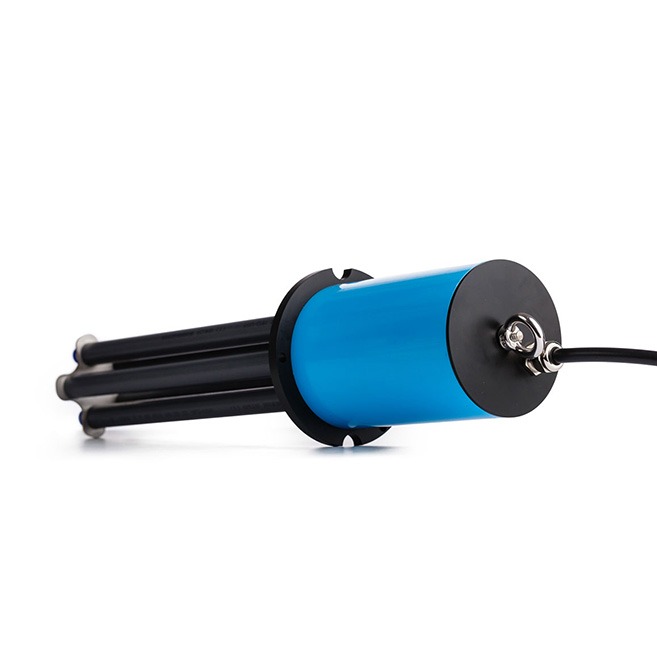Borehole Rod Extensometers serve to measure lengths between one or more anchor point and a reference head.
The Rod Extensometer system accurately measures settlement and/or heave between single or multiple anchor points in a borehole and at its reference head. The system employs up to eight rods, anchored along the axis of a borehole, terminating in the reference head at the borehole entrance.
The Rod Extensometer is isolated from the backfill material by a protective sleeve that ensures its free movement. Displacement along the axis of the borehole from the anchor is recorded by measuring movement of the top of the rod relative to the reference head.
There are a versatile range of options for Rod Extensometers:
- Automatic or manual reading
- Rods made from Stainless Steel or fibreglass
- Hydraulic anchoring for soil
- Groutable anchoring for rock
- Multiple or single point rod reference
Product Features
- Supplied in component form for on-site assembly
- Choice of Stainless Steel or fibreglass rods
- Various anchor types available according to soil conditions and installation method
- Remote option uses Vibrating Wire or potentiometric displacement transducers
- Up to 8 anchors can be installed at various depths in a borehole
- For borehole diameters up to 200mm
Product Benefits
- Installation in drillholes or boreholes at any orientation
- Manual or remote monitoring
- Depth gauges can be used for manual reading
- Easily adaptable rod lengths to suit variable site conditions
- Operating lengths in excess of 100m possible
- Can be configured for remote reading and data logging
Borehole Rod Extensometer Operation
Relative movement between the end anchor and the reference tube is measured with either a dial depth gauge or a displacement transducer. The displacement transducer is installed in the reference tube and connected to the free end of the rod; the other end of the rod has one of two anchors connected.
The ground condition determines the type of anchor to use:
- Groutable anchors for down-hole installation in rocks
- Hydraulic type anchors (single or double ended) for soft soils
- Packer anchors for jointed rocks, where there is flowing water, or up-hole installations
The extensometers have reference heads with provision for up to eight measuring points per borehole. Borehole diameters may be in the range of 100mm-200mm.
Use Stainless Steel rods for greater depth range, or fibreglass rods for quicker installation at shorter depths. A multipoint reference housing receives all rods from the one borehole installation.
Application
Rod Extensometers are used to monitor small scale rock and soil movements to a high degree of accuracy, including settlement and heave of foundations, the relaxation or subsidence of rock around tunnels, shafts, caverns and abutments.
Typical applications include:
- Monitoring settlement and heave in foundations
- Monitoring tunnels, shafts, caverns and abutments
- Control of natural and cut slopes, quarry and mining excavations
- Monitoring deformation of retaining walls, bridge piers and abutments
- Dam and intake tower foundations, concrete dam abutments
Geomotion offer installation and monitoring services to support this system. For more information please email info@geomotion.com.au or contact any of our locations.
